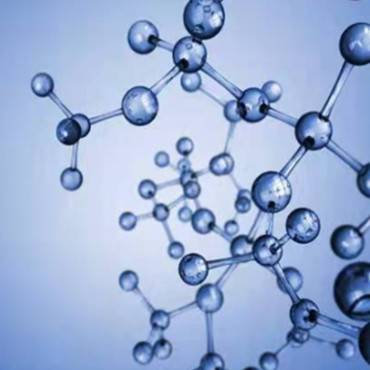What is qpcr and how does it work?
Since the invention of the polymerase chain reaction (PCR) technique, PCR is probably the most widely used technique in molecular biology due to its simplicity, cheapness, reliability, rapidity, and high sensitivity. qPCR is a technology developed from PCR technology. In the process of DNA amplification, fluorescent dyes are used to detect the total amount of products after each PCR cycle, which is not only fast and sensitive but also more specific and specific. High, real-time monitoring, repeatable and precise quantification and other advantages.
Introduction to qPCR
Quantitative Real-time PCR is a method for measuring the total amount of product after each polymerase chain reaction (PCR) cycle with fluorescent chemicals in DNA amplification reactions. A method for quantitative analysis of specific DNA sequences in a sample to be tested by an internal or external reference method. ·
Real-time PCR is the real-time detection of the PCR process through the fluorescent signal during the PCR amplification process. Since there is a linear relationship between the Ct value of the template and the initial copy number of the template in the exponential period of PCR amplification, it becomes the basis for quantification.
The working principle of qPCR
The principle of qPCR is a method of measuring the total amount of products after each polymerase chain reaction (PCR) cycle with fluorescent chemicals in DNA amplification reactions; it is applied to real-time detection of the PCR process.

Real-time PCR is real-time detection of the PCR process through the fluorescent signal during the PCR amplification process. Reverse transcription PCR, or reverse transcription-PCR (RT-PCR), is a widely used variant of the polymerase chain reaction (PCR). In RT-PCR, an RNA strand is reverse transcribed into complementary DNA, then used as a template for DNA replication through PCR. Transcription from a single strand of RNA to complementary DNA (cDNA) is called "reverse transcription" and is performed by an RNA-dependent DNA polymerase (reverse transcriptase).
After the Taqman probe labeled with fluorescein is mixed with the template DNA, the thermal cycle of high-temperature denaturation, low-temperature renaturation, and suitable temperature extension is completed, and the Taqman probe that is complementary to the template DNA is cut off according to the law of polymerase chain reaction. Fluorescein is free in the reaction system and emits fluorescence under specific light excitation. With the increase of the number of cycles, the amplified target gene fragments increase exponentially by real-time detection of the corresponding fluorescence signal intensity that changes with the amplification, to obtain the Ct value.
Since there is a linear relationship between the Ct value of the template and the initial copy number of the template in the exponential period of PCR amplification, it becomes the basis for quantification. Digital PCR is Digital PCR (dPCR), which is an absolute quantification technology of nucleic acid molecules. In contrast to qPCR, digital PCR allows you to directly output the number of DNA molecules, which is an absolute quantification of the starting sample.
Professional manufacturer of Nucleic Acid (DNA & RNA) Extraction and Analysis products Real-time PCR System supplier
GENETURE is a group company,we own two factories: Ascend and Dianrun,to provide one stop solution of Nucleic Acid Extraction and Analysis,including solution for COVID-19. Geneture provides high quality and professional Nucleic Acid Extraction Reagents, Lab consumables, Real-time PCR consumables and test machines.
GENETURE main products including: Nucleic acid extraction or purification kit,Automatic nucleic acid extractor, PCR system, PCR kit, Magnetic beads, and lab consumables of 96 well deep plate,Magnetic rod comb,PCR tube,PCR plate,Pipette tips,centrifuge tubes. If you have any questions about qPCR, feel free to contact us.
Email: info@geneture.com
Mobile: +86 150 1002 8687
